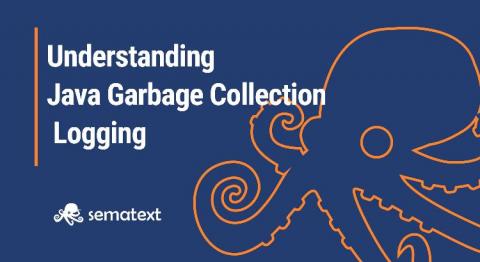Why AIOps Has Become the Missing Link to Taming Network Infrastructures
December 12, 2019 It’s a perfect storm: infrastructure silos, increasing volumes of data, growing hybrid infrastructures, and mounting anomalies can bring down enterprise applications, or at least compromise availability or performance. These forces in combination have already outstripped the human capacity and intuition to solve infrastructure issues – which may occur routinely or unpredictably.











